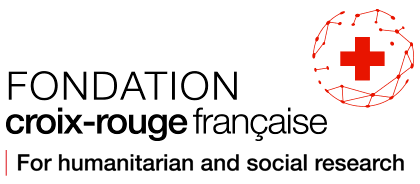Security - terrorism - refugees
The contribution proposes to articulate the evolution of the humanitarian response with the dynamics of the conflict linked to Boko Haram in Niger. Despite the multitude of works devoted to the insurgency, most of them focus on Nigeria, and very few deal with the issue from the regional perspective of the Lake Chad Basin. This relative distancing of the Diffa region from the media and academia can be explained by the origins of the movement in Nigeria, but also by the spectacular loss of life caused by clashes between security forces and insurgents in Nigeria, where a large part of the territory remains under insurgent control. Yet understanding the “Diffa” part of the Lake Chad regional conflict is important for grasping the logics of insurgency. Displaced people and refugees live on a daily basis with those linked to the movement. While this phenomenon is characteristic of three other countries in the region involved in the war, Niger is of specific interest due to the history of the insurgency’s spread across its territory and the role of sanctuary that the Diffa region played for several years before the war against Boko Haram was declared.
This article offers some food for thought on how humanitarian actors and public authorities organize themselves in an insurrectionary context. How is the population of the Diffa region thought of and governed by the various humanitarian actors and authorities involved? The paper also invites reflection on how the response provided by the authorities and humanitarians may or may not contribute to the insurgents’ ability to create a link and connect to local social dynamics in the region.
